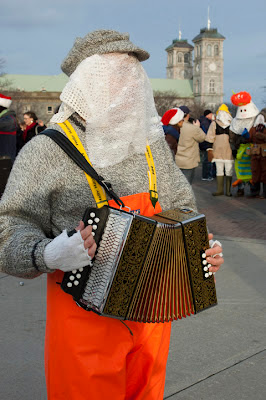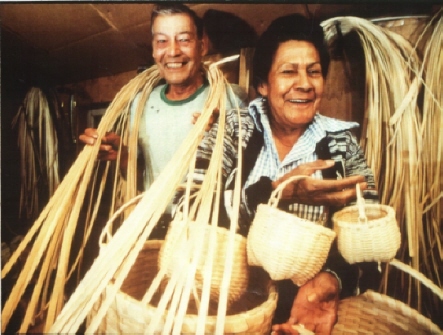The student should have a background in history or folklore, with an excellent telephone manner, good organizational and computer skills, and an interest in heritage conservation. The position will be based in St. John’s.
Students must meet ALL these criteria:
- Must be a Canadian citizen, permanent resident or refugee under Immigration Refugee Protection Act; and
- Must be planning to attend a post-secondary institution on a full-time basis in the coming academic year; and
- Must have been registered as a full-time student in the previous academic year; and
- Must be between 15 and 30 years old (inclusive); and
- May NOT hold another full-time job (30 hours per week or more) while on the SWASP placement; and
- May NOT be attending classes full-time while on the SWASP placement.
This position is pending approval of funding. If approved, it will cover a 280-hour community service placement (normally over 8 weeks), and the student will:
- Receive a $1400 Tuition Voucher, redeemable at any recognized post-secondary institution upon completion of 280 hours; and
- Receive a $1400 stipend over the course of the placement.
Email your resume and cover letter to:
Mr. Dale Jarvis
Heritage Foundation of Newfoundland and Labrador
ich@heritagefoundation.ca
Deadline: Wednesday, May 2nd.








